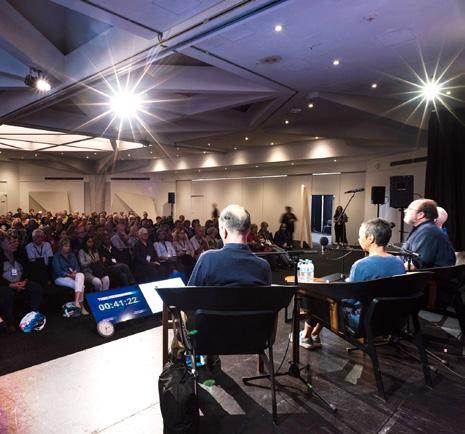
5 minute read
The JLF-Adelaide 2019 experience
from 2019-12 Melbourne
by Indian Link
Like the best literature festivals, Adelaide’s JLF is as much a festival of ideas as it is about words
Scottish writer William Dalrymple traces his family back to Mughal princess Noorjehan, but also has some Brahmin blood in his veins.
Maori healers once told Indian actress Manisha Koirala she must direct ‘loving energy’ to her ovaries. This was way before doctors found she had advanced ovarian cancer.
As James Crabtree, British journalist, took a quick break while interviewing nowdisgraced Indian businessman Vijay Mallya, he found a toilet made of pure gold.
BY SUNILA VIG
My takeaways from this year’s JLF Adelaide were so much more than these interesting nuggets of information presented above. Over an illuminating three days, I heard some fascinating writers read from or talk about their work, and got my books signed from them (amazing how Dalrymple for instance, spends a few moments talking to you and then writes a personal note).
I admit I went to learn more about the latest in Indian literature, but I came away having heard some enlightening discussions about Indian history going back to the earliest Indians, about the migration experience, about death and dying, and many other topics.
TONY JOSEPH
(EarlyIndians:Thestoryofourancestors andwherewecamefrom)
Journalist Tony Joseph taught us that India is a very ancient land. A fraction of a skull of an unknown homo-species has been found there by archaeologists from 265,000 years ago, and stone tools from as far back as 1.5 million years. When migrants from Africa began to come in 65,000 years ago, India was already robustly populated. India’s Indigenous communities, Joseph observed, probably carry a history in their genes dating back to Mohenjodaro4,500 years ago.
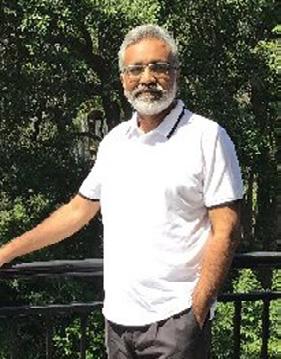
WILLIAM DALRYMPLE
(Koh-i-Noor:HistoryoftheWorld'sMost InfamousDiamond)
Fast forward a few millennia, and Indiabased Scottish writer William Dalrymple regaled us with stories of Koh-i-noor. One of the largest cut diamonds in the world, the stone is believed to come from the Kollur mines and today is part of the British crown jewels.
Dalrymple spoke of the legendary curse of Kohinoor, tracing its history from about 2,500 years ago right up to the present day. There are at least 8 countries that lay claim to the rock, he said.
He ended with a funny sketch of Indian tourists who yell out “Chor chor” as they moonwalk across the museum room where the Kohinoor is displayed.
That Dalrymple loves India is palpable in many a chance comment. He loves India as she should be loved - with all the beauty, noise, frenzy, dirt, traffic, history, food, colour which co-exist.
SHASHI THAROOR
(IngloriousEmpire;WhyIamaHindu) Tharoor, one of the stars of the festivals, examined the colonial project in its larger scope and the remnants (‘ghosts’) of Empire.
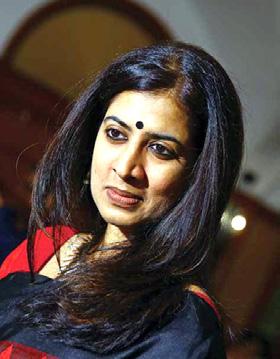
Will India ever be rid of the colonial mindset?
“Colonising of the mind was what the British aimed at, but that is changing,” Tharoor said. “Of late (with) music, dance and arts, India has found its voice. There were just two or three writers in English in the ‘50s but they were influenced by the British. In the ‘80s our literature came in to its own, same as cinema and IT. Independent India built on its own strengths and skills. Yet education needs to be shaken up a bit and we need to absorb more from our ancient texts like Mahabharata and Ramayana.”
The British caused no dent in Hinduism, though, which continues to thrive. “The strength of Hinduism is its multi-theism,” Tharoor observed. “It says, ‘this is what I follow, and you are welcome to follow what you want to,’ which works so well in this day and age.”
He also had wonderful things to say to Vinaya Rai and me about NRIs like us, expressing admiration that diasporic Indians everywhere work hard, and are successful, happy and prosperous.
Ever the wordsmith, he joked that he used to call NRIs either Not Really Indian or Never Relinquished India, but now he calls
them the National Reserve of India!
JAMES CRABTREE (BillionaireRaj)
Moving on to contemporary times, and to a ‘raj’ of a different kind, journalist James Crabtree spoke of India’s nouveau riche. He compared the billionaires of India to the New York-Boston liberal elite, in his words, ‘corrupt and unscrupulous in cahoots with politicians’.
The Ambanis’ Shakespearean kind of family feud; Mukesh Ambani and his billiondollar home; Vijay Mallya’s six homes in the UK and a castle in Scotland, and the Tatas - all got a mention.
Regardless, the current scenario, it was concluded, was one of hope and positive vibes.
MANISHA KOIRALA (TheHealing)
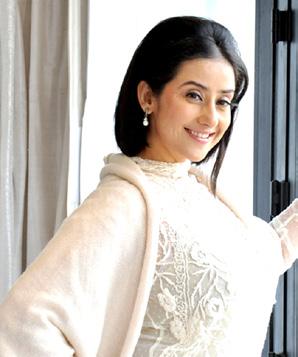
Interesting that many prominent members of the community, notably male, emerged just for this one event.
The spell the Ilu Ilu lass had first cast in Saudagar in 1991, aged 21, had people in its thrall even now.
Although we did get to see generous splashes of that Bollywood glamour, Koirala was here this time to talk about her journey through a debilitating cancer, and coming out the other side a stronger human being.
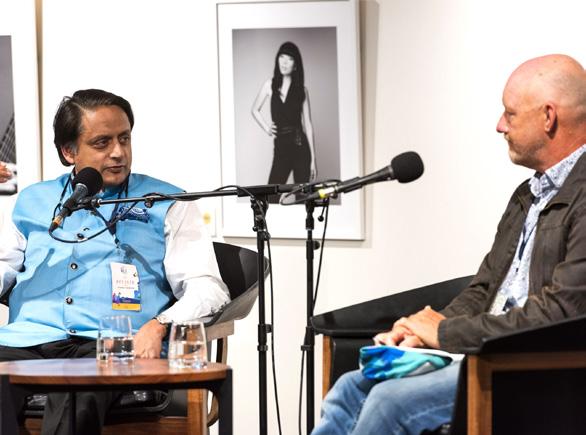
We were glad to hear she is back at work in films, and even aced Everest base camp recently.
Shine on, Manisha.
THE MIGRANT EXPERIENCE (RoannaGonsalves,ShameemBlack, MridulaNathChakraborty)
It’s taken Roanna Gonsalves (The Permanent Resident) 21 years to shed the Australia story she knew before migrating, and to understand and accept the truth of cities built on the backs of dispossessed Indigenous people. She spoke with conviction and from a deep personal truth, her eyes reflecting honesty.
Shameem Black of ANU spoke about her recent work on yoga in an increasingly global world.
The migrant experience, the initial shakiness, the finding of one’s ground and one’s own power in a new land and cultural milieu and the subsequent unfurling of a complex new life rich with diversity, is what came through. Loud and clear was the message to the migrant - that one has to be true to one’s experience and stay strong at the core.
So was the message to the new home - that the much thrown about term ‘assimilation’ smells of the patronising thought that one culture is better than the other.
Acceptance on the other hand is what is required from both parties. I agree with the sentiment wholeheartedly.
RANJANA SRIVASTAVA (ABetterDeath)
Most people, Ranjana Srivastava said, think of two things when they think of death: dignity, and what legacy they are going to leave behind.
She should know, after more than two decades as an oncologist caring for people in their final stages of life.
She shared her observations and advice on leading a meaningful life and finding dignity and composure when it is time to go.
In order to die well, we must be prepared to contemplate our mortality and to broach it with our loved ones, who are often called upon to make important decisions on our behalf. These are some of the most important conversations we can have with each other – to find peace, kindness and gratitude for what has gone before, and acceptance of what is to come.
Equanimity, Dr Srivastava said, is important. The unshakeable core has to stay active, making choices and decisions for oneself till possible.
The empathy and subtle understanding of the human condition was heartening: may her tribe increase.
ARUNDHATI SUBRAMANIAM (LoveWithoutaStory)
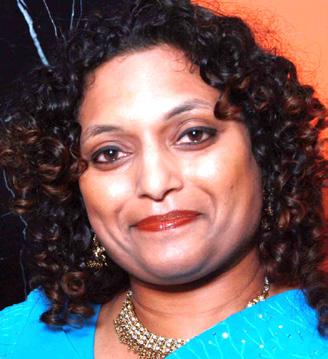
Writer Arundhati Subramaniam’s stolid earthy voice as she recited poetry will stay with me for a long time - especially in her work on ‘mitti’ (mud).
When a leading Indian daily asked her to write a poem on ‘mitti’, she thought they wanted a piece on ‘chest-thumping patriotism’. When she understood that wasn’t the case, she wrote this:
I figured that the moon was a likely mud-gazer, just as we are moon-gazers! and so I uncovered the old role of poets –to be messengers between moon and mud and the great longing of life to hold and be held.
Goosebumps.








